Name Friedl Dicker-Brandeis Role Artist | ||
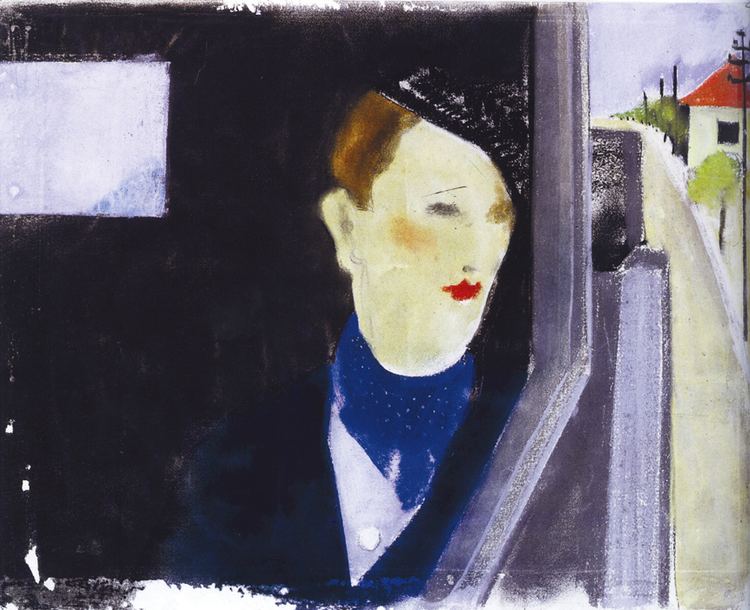 | ||
Died October 9, 1944, Auschwitz concentration camp Similar People Hana Brady, Maximilian Kolbe, Walter Gropius, Estella Agsteribbe, Dora Gerson | ||
Friedl dicker brandeis bach cantata bwv54
Frederika "Friedl" Dicker-Brandeis (30 July 1898 Vienna – 9 October 1944 Auschwitz-Birkenau), was an Austrian artist and educator murdered by the Nazis in the Auschwitz-Birkenau extermination camp .
Contents
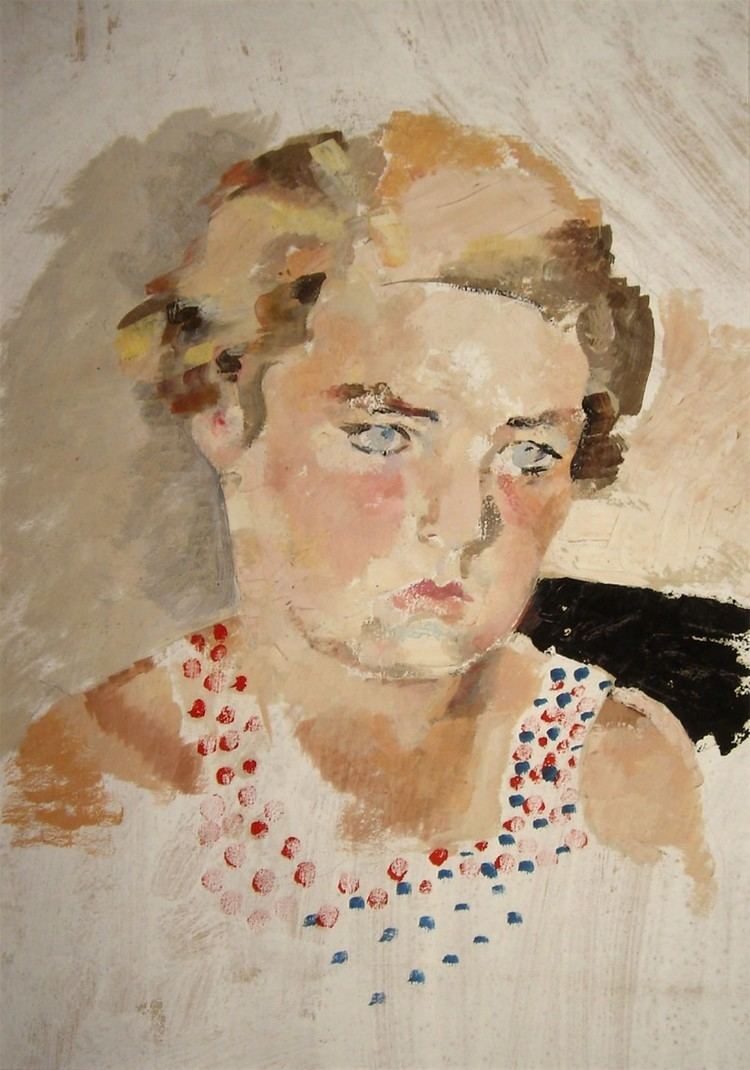
Biography
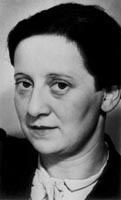
Frederika Dicker was born in Vienna on 30 July 1898. She married Pavel Brandeis in 1936 and used the double-barrelled surname after that. Dicker-Brandeis was a student of Johannes Itten at his private school in Vienna, and later followed Itten to study and teach at the Weimar Bauhaus. She was involved in the textile design, printmaking, bookbinding, and typography workshops there from 1919-1923. After leaving the Bauhaus, she worked as an artist and textile designer in Berlin, Prague, and Hronov.
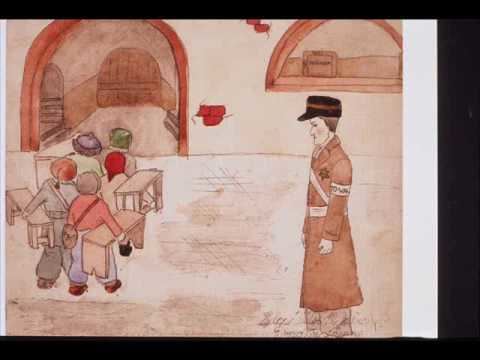
In World War II
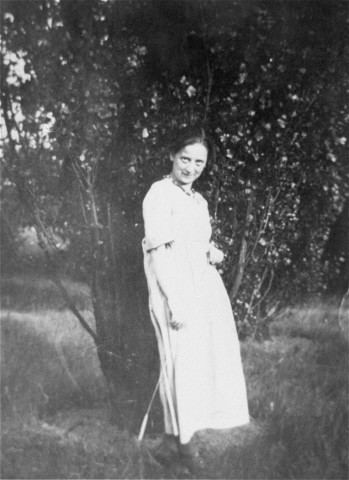
Dicker-Brandeis and her husband were deported to the Terezín "model ghetto" in December 1942. During her time at Terezín, she gave art lessons and lectures. She helped to organize secret education classes for the children of Terezín. She saw drawing and art as a way for the children to understand their emotions and their environment. In this capacity she was giving art therapy.
At Terezin she persisted in pursuing her goal — "to rouse the desire towards creative work."
In September 1944, Brandeis was transported to Auschwitz; Dicker-Brandeis volunteered for the next transport to join him. But before she was taken away, she gave to Raja Engländerova, the chief tutor of Girls' Home L 410, two suitcases with 4,500 drawings to whom she also taught Hana Brady.
F. Dicker-Brandeis died in Birkenau on 9 October 1944. Her husband Pavel, survived.
Legacy
After the war, Willy Groag, the director of the Girls' home L 410 brought the suitcases with children's drawings to the Jewish Community in Prague. From the nearly 660 authors of the drawings, 550 were killed in the Holocaust. The drawings are now in the Jewish Museum in Prague's collection, with some on display in the Pinkas Synagogue in Prague.
In 1999, a Friedl Dicker-Brandeis exhibition, organized by the Simon Wiesenthal Center and curated by Elena Makarova of Israel, opened in Vienna. The exhibition was shown in Czech Republic, Germany, Sweden, France, USA, and Japan. Tokyo Fuji Art Museum founder Daisaku Ikeda, who was instrumental in bringing the exhibit to Japan, comments, "The various artworks left behind by this great woman and the children of Terezin are their legacy to the present, to all of us today. They demand that we continue in our quest for a society that truly treasures human life, transcending all differences of race, religion, politics and ideology. It remains my heartfelt hope that this exhibit may provide a moment of introspection for its viewers, a moment for us to reaffirm the importance of our rights as human beings and the value of life itself."
